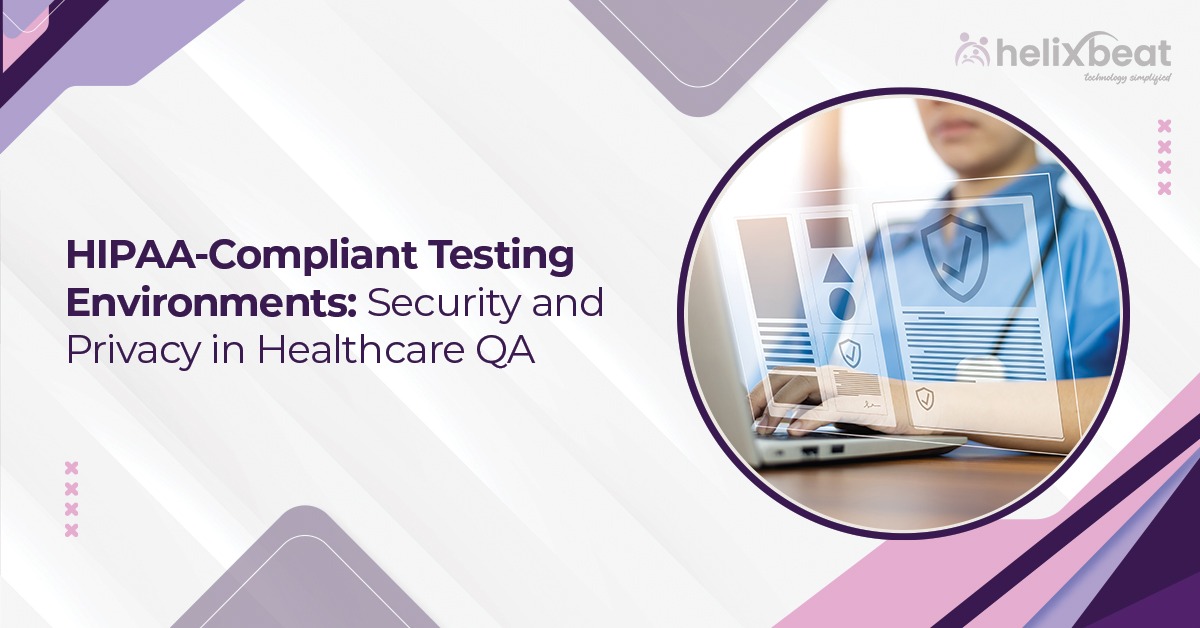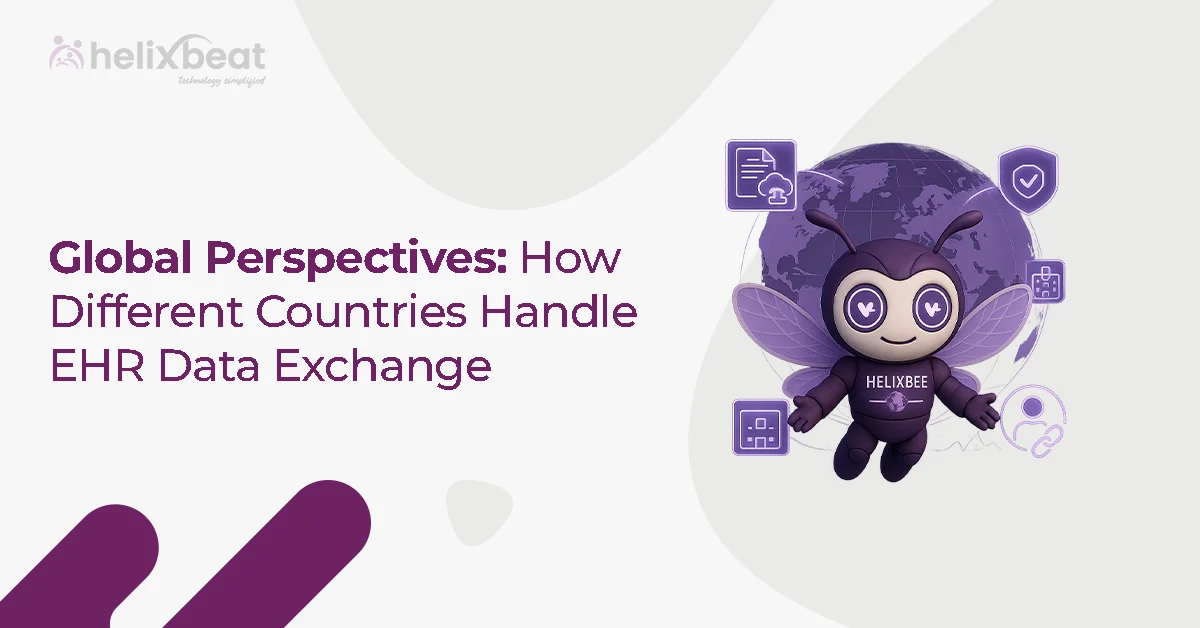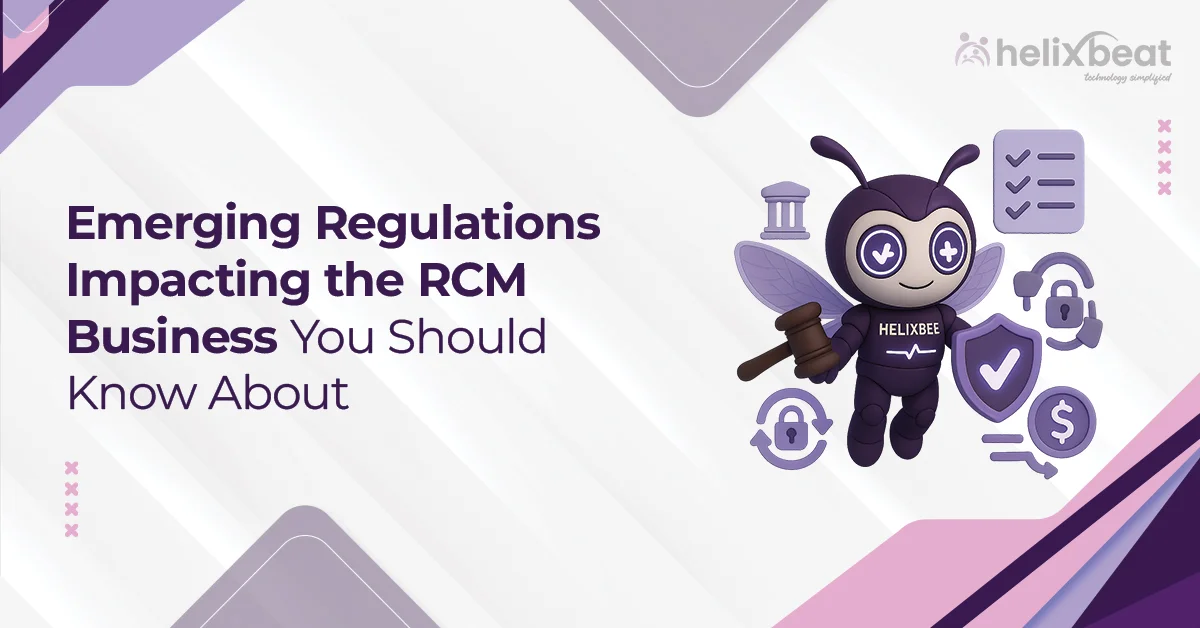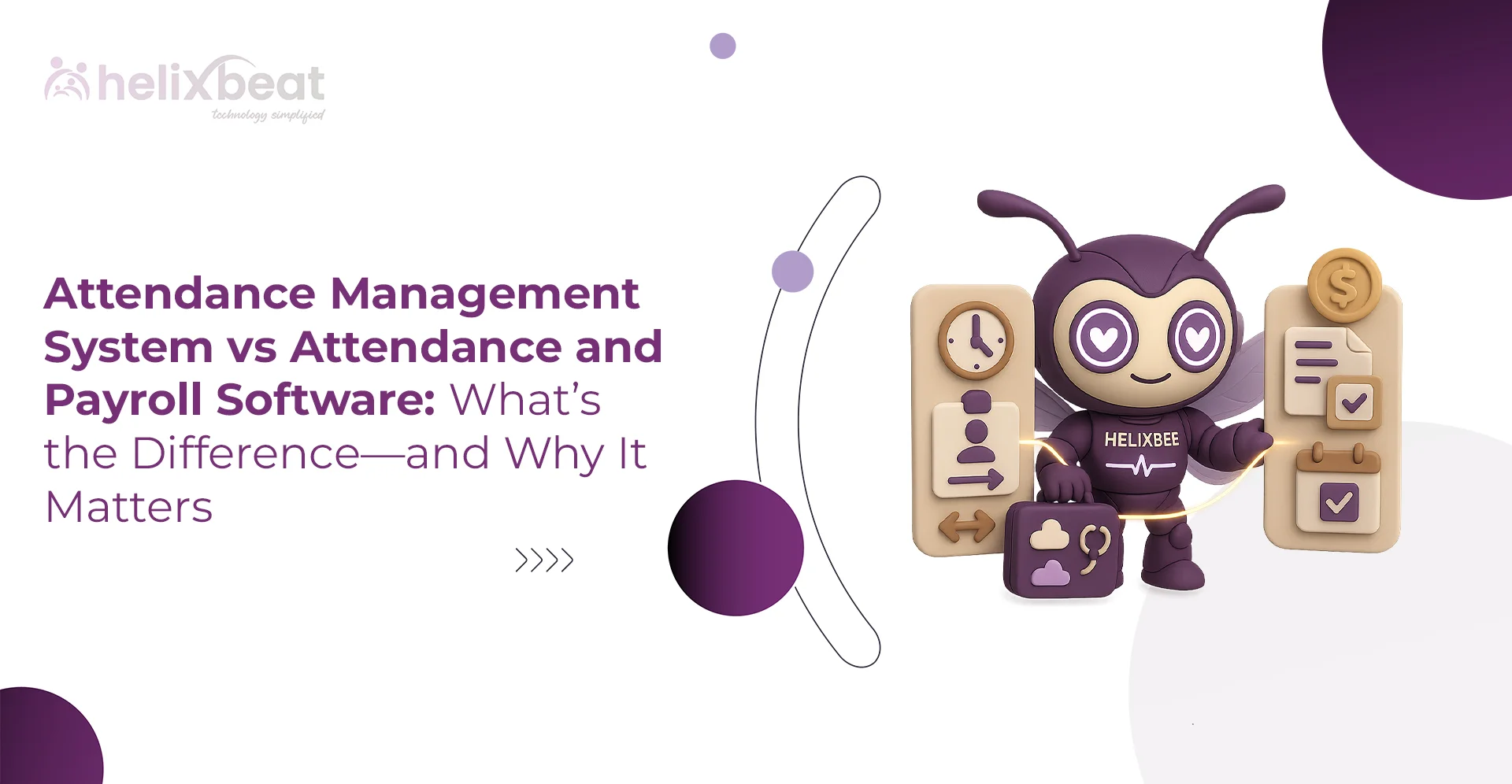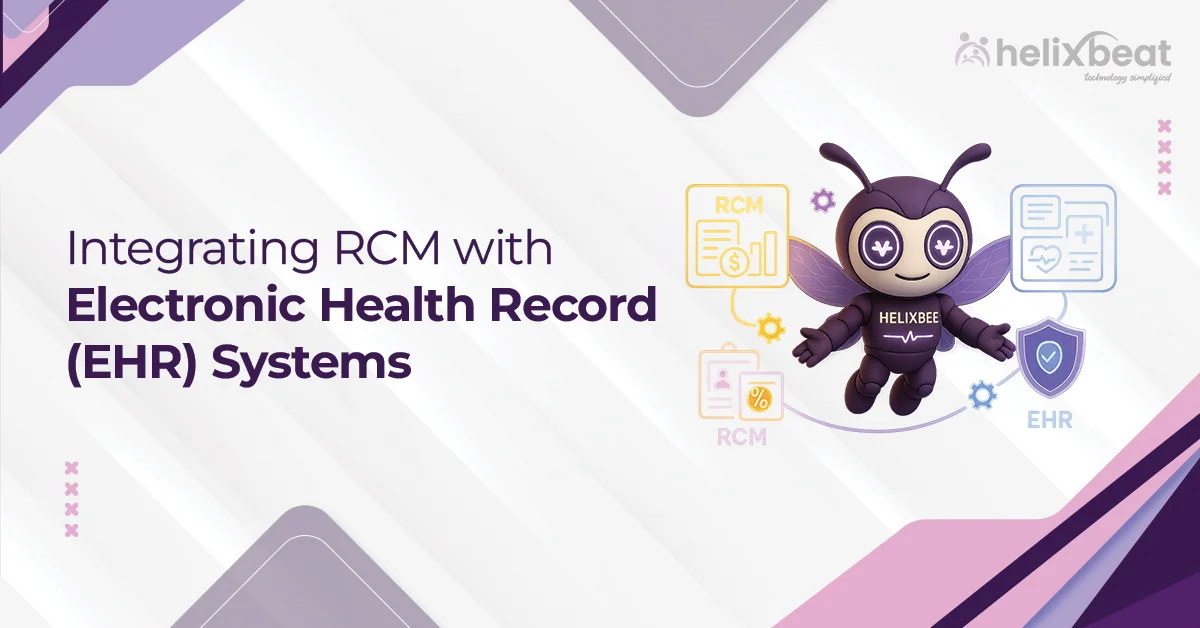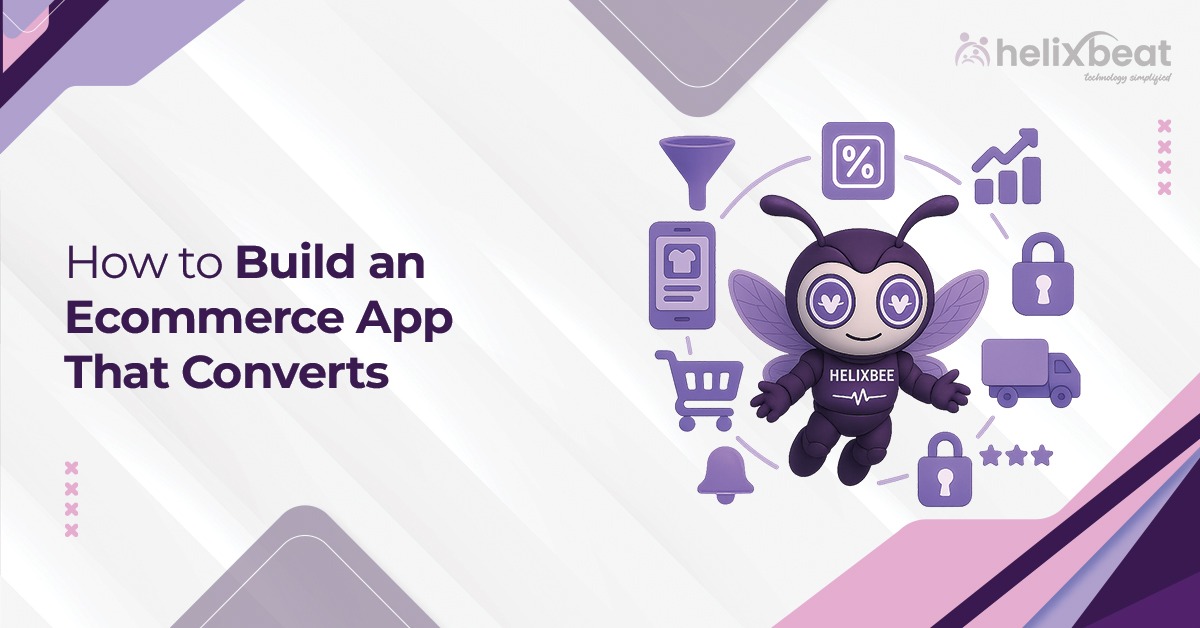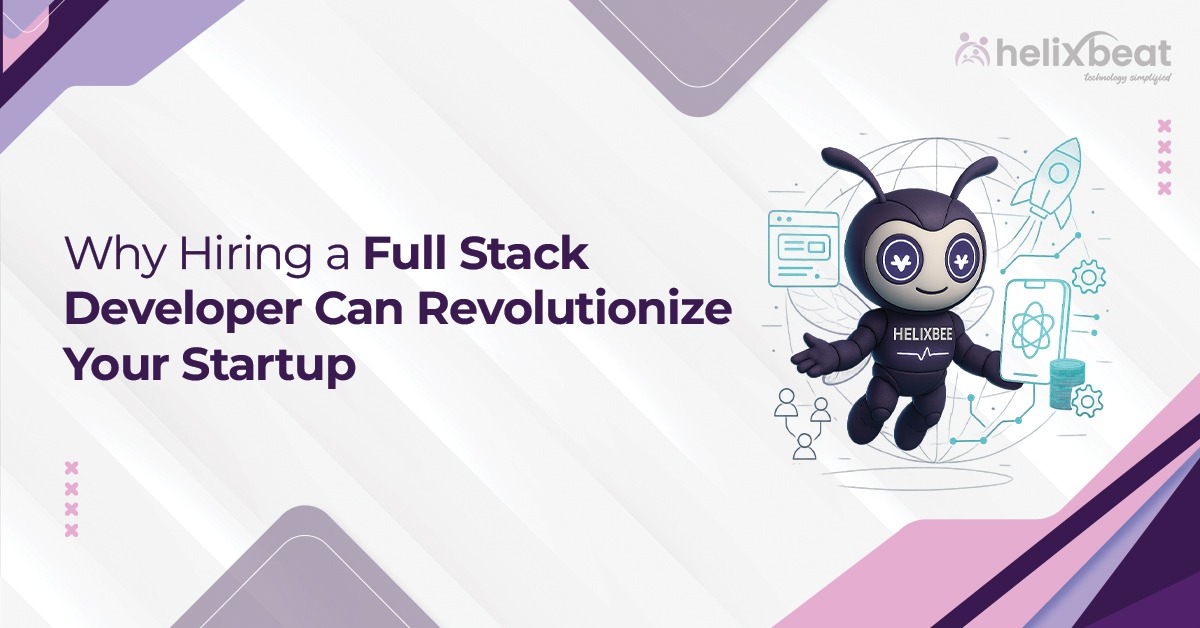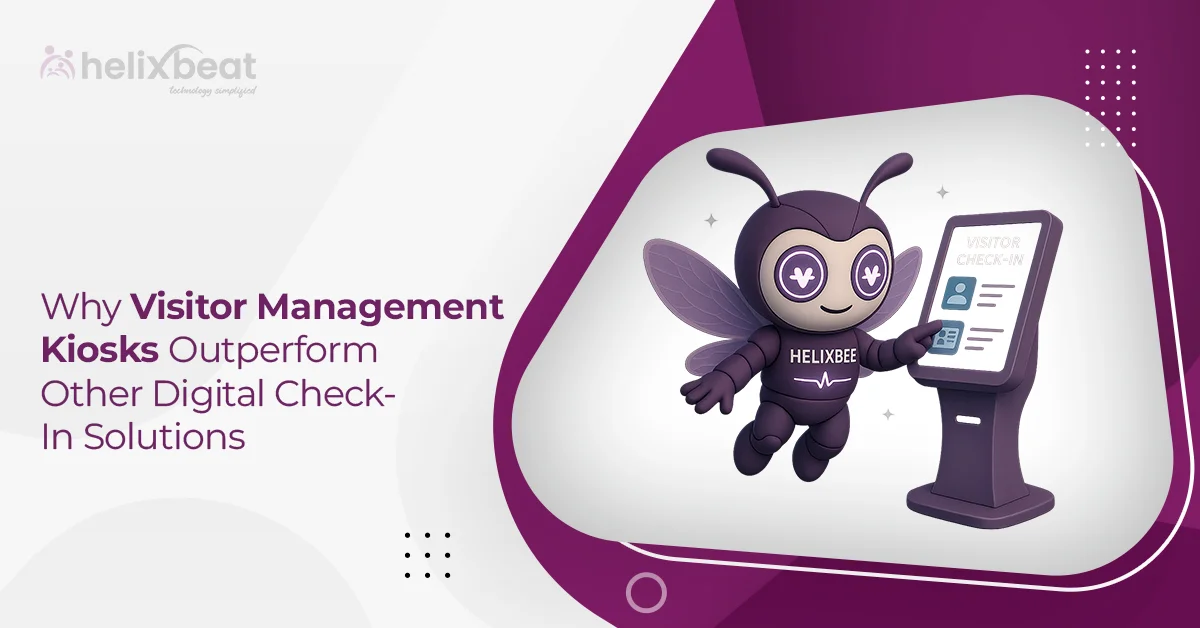Did you know that the average cost of a healthcare data breach is over $10 million, according to IBM’s 2024 report? That’s the highest across all industries, and it keeps rising.
Healthcare app testing goes beyond checking features—it also protects patient data and follows privacy laws like HIPAA. (Health Insurance Portability and Accountability Act).
When developers and testers build apps for hospitals or clinics, they often deal with private data like medical history, lab reports, and prescriptions. To protect this data, the testing process must follow strict rules. This means using secure test environments, hiding real patient information, and tracking every action taken during testing.
In this blog, we’ll explain what makes HIPAA-compliant testing so important, the steps involved, and how Helixbeat helps healthcare companies test their apps safely without slowing down development.

Table of Contents
What Makes HIPAA-Compliant Software Difficult to Build?
Creating HIPAA-compliant software is challenging because it requires more than just secure coding—it demands deep integration of privacy, access control, and audit features across the system, making healthcare app testing a highly specialized and rigorous process.
Here’s why it’s difficult:
1. Strict PHI Handling
PHI must never be exposed in logs, caches, or debug tools. This calls for rigorous controls at every system layer, increasing development complexity. A study by IBM found that 40% of healthcare data breaches were caused by misconfigured or exposed systems handling sensitive data.
2. Granular Access Control
HIPAA mandates dynamic, role-based access to sensitive data. Implementing and testing this for changing roles and overlapping permissions is technically tough. According to a HIMSS report, 31% of healthcare providers cite user access mismanagement as a top compliance challenge.
3. Advanced Encryption & Key Management
Encryption for data in transit and at rest is required, but so is secure key storage and rotation, demanding a strong DevSecOps setup. Verizon’s Data Breach Investigations Report found that 45% of healthcare breaches involved stolen or misused encryption keys or credentials.
4. Comprehensive Audit Logging
Immutable logs of all data access and modifications must be maintained, adding complexity to backend architecture and storage strategies. Ponemon Institute reports that 60% of organizations struggle to maintain HIPAA-compliant audit trails consistently
5. Security-Focused Testing
Beyond functional tests, the software must undergo threat modeling, penetration testing, and simulate breaches, all without exposing real PHI. Research shows that only 38% of healthcare IT teams conduct regular security testing that aligns with HIPAA standards.
These requirements make HIPAA-compliant software harder to build, test, and maintain than typical applications.
HIPAA Software Testing: Key Areas and Smart Strategies
Testing a healthcare app under HIPAA means making sure every detail, from logins to data sharing, meets strict privacy and security standards. Below are the most important areas that testers need to focus on.
1. Making Sure Only the Right People Can Log In
HIPAA requires that only authorized users can access patient data. During healthcare app testing, it’s important to check if the login system is secure. This includes testing passwords, user roles, and features like Multi-Factor Authentication (MFA), which adds an extra layer of security.
Testers also need to confirm that sessions times out after a period of inactivity to prevent unauthorized access if a device is left unattended.
2. Keeping Private Info Hidden from the Wrong People
Healthcare apps must protect private information from being seen by the wrong person. Testers need to make sure that screens, APIs, and error messages don’t accidentally reveal patient data.
For example, a receptionist shouldn’t be able to access a patient’s medical report, and system logs or messages must not include names or sensitive details. This kind of testing helps prevent data leaks that can lead to HIPAA violations.
3. Tracking Every Action in the App
Every action in the app like opening a file, editing a prescription, or deleting a record must be tracked and saved. These records are called audit trails, and they’re required by HIPAA.
Testers need to verify that the app logs all these actions accurately, timestamps them, and protects them from being changed or deleted. These logs help in audits and in understanding what happened if something goes wrong.
4. Keeping Data Safe While It’s Being Shared
When healthcare data is sent between systems, such as from a mobile app to a cloud server, it must be protected during the transfer. This is called data-in-transit encryption.
Testers need to check that the app uses secure methods like TLS to send information. They also need to make sure that APIs and third-party connections are secure and do not allow any unauthorized access while the data is moving.
5. Using Patient Data the Right Way
Even if someone has access to patient data, HIPAA also requires that they use it only for the right reasons.
Testers must check that the app respects this rule. For example, a billing department should not be able to view medical diagnoses, and any data used for analytics or testing should be anonymized. This helps prevent accidental misuse of sensitive information and keeps the software compliant with HIPAA rules.
Steps to meet HIPAA compliance in software testing
Meeting HIPAA compliance in software testing means protecting patient data throughout the development and testing lifecycle. Each step is designed to reduce the risk of data breaches and support legal and ethical healthcare standards. Here are five essential steps to follow:
1. Understand HIPAA Requirements Clearly
Start by mapping out HIPAA rules relevant to your software, especially those around privacy, security, and breach notification. This includes understanding Protected Health Information (PHI), who can access it, and how it should be handled.
2. Create a Security-Centric Test Plan
Design test cases that focus on access controls, encryption, user roles, and audit logging. Plan to test for both functionality and security compliance, using both positive and negative testing scenarios.
3. Use De-Identified or Synthetic Test Data
Never use real patient data in test environments. Use mock data that mimics real scenarios but contains no identifiable information to avoid compliance violations.
4. Validate User Roles and Access Controls
Test whether different user roles (like doctor, admin, nurse, patient) have access only to what they’re permitted to. This is crucial for upholding the “minimum necessary” access principle of HIPAA.
5. Conduct Regular Security Audits and Penetration Tests
Perform vulnerability scans, penetration testing, and configuration checks on your software regularly to catch gaps early. Document results for future audits and continuous improvement.
How We Test Software to Meet HIPAA Standards
Testing healthcare software for HIPAA compliance isn’t just about running test cases—it’s a structured process that starts with understanding the system and ends with proving it’s secure and privacy-ready. Here’s how we approach it:
1. Reviewing All Documents and Requirements
- The first step is studying all available documents, which include HIPAA policies, system requirements, user roles, and data flow diagrams. We try to understand where Protected Health Information (PHI) is stored, processed, or transmitted.
- This step helps us identify which parts of the app need the most attention during testing. We also look for any existing security or privacy checklists that must be followed throughout the process.
2. Mapping Who Can Access What
- Next, we create a roles matrix that clearly defines what each user type (like doctors, nurses, admin staff, and patients) is allowed to do. For example, a doctor can view and edit a patient’s records, but a receptionist can only schedule appointments.
- This matrix is crucial because HIPAA requires that only the right people can access specific data. We use this to build access control tests and make sure permissions are properly enforced.
3. Planning What to Test and How
- Once we understand the system and the roles, we plan the tests. This includes deciding what features to test, what kind of data we need, and which HIPAA rules apply to each part. We create test cases for login security, data encryption, activity tracking, error messages, and more.
- We also plan negative tests to check how the app behaves when something goes wrong (like when someone tries to access data they shouldn’t).
4. Running the Tests and Sharing the Results
- Finally, we run all the planned tests in a secure test environment. We use both manual testing and automated tools to cover every area. If we find any issues like unauthorized access or missing audit logs, we document them and work with the developers to fix them.
- Once testing is complete, we prepare a detailed report showing what was tested, what passed, what failed, and how the system meets HIPAA standards. This report can also be used during audits or security reviews.
5 Important Cost Factors in HIPAA Compliance Testing
When planning for HIPAA compliance, understanding the key cost factors in healthcare app testing helps organizations budget more effectively while meeting regulatory standards.
1. Secure Testing Environments – HIPAA-compliant infrastructure requires encryption, access controls, and isolated test servers, which cost more than standard setups.
2. Specialized Tools – Tools for data masking, audit logging, and security scanning increase the testing budget.
3. Skilled Resources – Testing requires professionals trained in HIPAA and healthcare compliance, which raises labor costs.
4. Detailed Documentation – Preparing audit-ready reports and legal documentation adds time and expense.
5. Frequent Retesting – Every update needs revalidation to stay HIPAA-compliant, increasing long-term QA costs.
Why Choose Helixbeat for Healthcare App Testing
If you’re building a healthcare app, you already know how important it is to protect patient data, follow HIPAA rules, and move fast in a competitive market. One mistake during healthcare app testing can lead to serious issues like legal trouble and loss of user trust.
That’s where Helixbeat comes in. We focus on testing healthcare apps in a way that protects sensitive data and supports your goals. Whether you’re launching a new app or improving an existing one, our team makes sure your product is fully tested without slowing down your development.
Here’s how we help:
- We create secure test setups that follow HIPAA rules
- We use special tools to find issues before launch
- Our testers understand healthcare workflows and patient privacy
- We give clear feedback so you can fix problems quickly
- We support you through every release, even after launch
With Helixbeat, you’re not just checking for bugs; you’re building a safe, trusted app that meets all the right standards. Book a free consultation to get a HIPAA-compliant testing strategy customized to your product.
FAQ:
1. What is healthcare app testing?
Healthcare app testing is the process of checking if a healthcare-related app works correctly, securely, and follows rules like HIPAA. It includes testing features like login, data protection, patient records, and system performance to make sure the app is safe for real use in clinics, hospitals, or by patients.
2. Five popular healthcare testing tools
Some popular tools used for healthcare application testing include SoapUI for API testing, Postman for secure API validation, Selenium for automating web application tests, JMeter for checking system performance under load, and Burp Suite for identifying security vulnerabilities, especially in apps that need to meet HIPAA standards.
3. What is healthcare application testing?
Healthcare application testing involves checking a healthcare software or system to make sure it works as expected, keeps patient data safe, and follows industry standards. This type of testing includes functionality, performance, security, usability, and compliance testing.
4. Example of healthcare software testing
A common example is testing an Electronic Health Record (EHR) system. Testers would check if doctors can log in securely, view and update patient data correctly, ensure only authorized users have access, and verify that all changes are logged for future audits.
5. What is a healthcare mobile app?
A healthcare mobile app is a smartphone or tablet application designed to help users manage their health. Examples include apps for booking doctor appointments, viewing lab reports, tracking medications, fitness monitoring, or connecting with telehealth services. These apps often handle sensitive data and must follow privacy and security rules.



